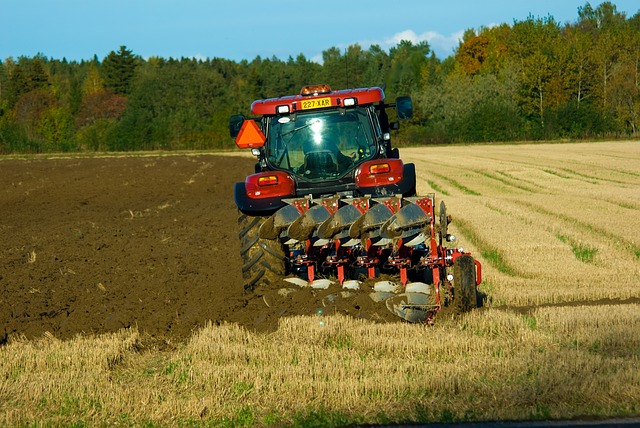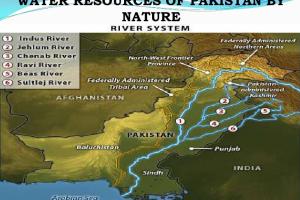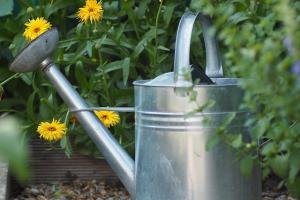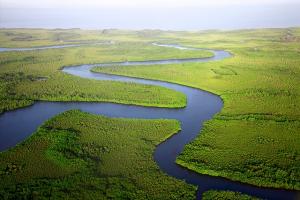Methods of Improving and Factors Affecting Duty of Water

Factors Affecting Duty of Water
The Factors Affecting Duty of Water in Irrigation are described below:
1. Soil Characteristics:
If the soil of the canal bed is porous and coarse grained, it leads to more seepage loss and consequently low duty. If it consists of alluvial soil, the percolation loss will be less and the soil retains the moisture for longer period and consequently the duty will be high.
2. Climatic Condition:
When the temperature of the command area is high the evaporation loss is more and the duty becomes low and vice versa.
3. Rainfall:
If rainfall is sufficient during the crop period, the duty will be more and vice versa.
4. Base Period:
When the base period is longer, the water requirement will be more and the duty will be low and vice versa.
5. Type of Crop:
The water requirement for various crops is different. So the duty varies from crop to crop.
6. Topography of Agricultural Land:
If the land is uneven the duty will be low. As the ground slope increases the duty decreases because there is wastage of water.
7. Method of Ploughing:
Proper deep ploughing which is done by tractors requires overall less quantity of water and hence the duty is high.
8. Methods of Irrigation:
The duty of water is high in case of perennial irrigation system as compared to that in inundation irrigation system.
9. Water Tax:
If some tax is imposed the farmer will use the water economically thus increasing the duty.
Methods of Improving Duty:
Various methods of improving duty are:
(1) Proper Ploughing:
Ploughing should be done properly and deeply so that the moisture retaining capacity of soil is increased.
(2) Methods of supplying water:
The method of supplying water to the agriculture land should be decided according to the field and soil conditions. For example,
- Furrow method For crops sown ion rows
- Contour method For hilly areas
- Basin For orchards
- Flooding For plain lands
(3) Canal Lining:
It is provided to reduce percolation loss and evaporation loss due to high velocity.
(4) Minimum idle length of irrigation Canals:
The canal should be nearest to the command area so that idle length of the canal is minimum and hence reduced transmission losses.
(5) Quality of water:
Good quality of water should be used for irrigation. Pollution en route the canal should be avoided.
(6) Crop rotation:
The principle of crop rotation should be adopted to increase the moisture retaining capacity and fertility of the soil.
(7) Method of Assessment of water:
Particularly, the volumetric assessment would encourage the farmer to use the water carefully.
(8) Implementation of Tax:
The water tax should be imposed on the basis of volume of water consumption.









